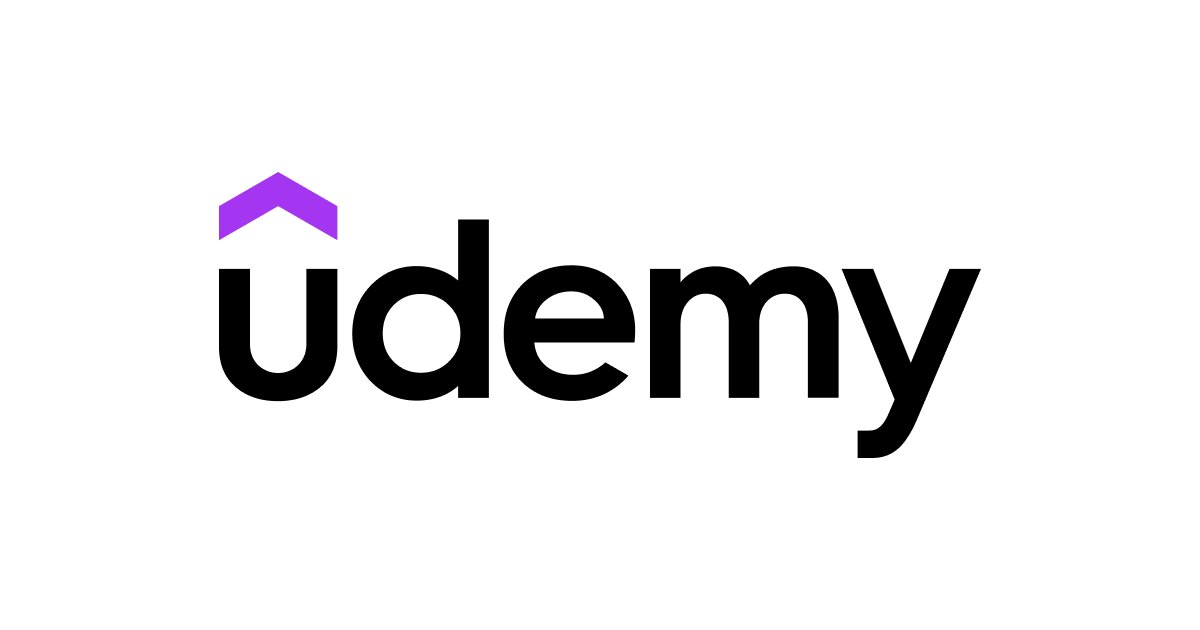Applying Lean Thinking in Product Design: Streamlining Innovation for Success
In the ever-evolving landscape of product design, organizations are constantly seeking ways to enhance efficiency, reduce waste, and deliver value to customers. One methodology that has gained significant traction in recent years is Lean Thinking. Originating from the manufacturing sector, Lean principles have found applicability across various industries, including product design.
In this article, we explore how Lean Thinking can be effectively applied in product design to foster innovation, minimize waste, and optimize the overall design process.
 Click Here to Join the Over 4000 Students Taking our Highly Rated Courses on Quality Assurance/Quality Control, Project Management, Engineering, Food Safety, Lean Six Sigma, Industrial Safety (HSE), Lean Manufacturing, Six Sigma, ISO 9001, ISO 14001, ISO 22000, ISO 45001, FSSC 22000, Product Development etc. on UDEMY.
Click Here to Join the Over 4000 Students Taking our Highly Rated Courses on Quality Assurance/Quality Control, Project Management, Engineering, Food Safety, Lean Six Sigma, Industrial Safety (HSE), Lean Manufacturing, Six Sigma, ISO 9001, ISO 14001, ISO 22000, ISO 45001, FSSC 22000, Product Development etc. on UDEMY.
Understanding Lean Thinking
Lean Thinking, inspired by the Toyota Production System, is a management philosophy that focuses on delivering maximum customer value while minimizing waste. It emphasizes continuous improvement, employee involvement, and the elimination of non-value-added activities. The core principles of Lean Thinking include identifying value, mapping the value stream, creating flow, establishing pull, and relentlessly pursuing perfection.
 Click Here to Join the Over 4000 Students Taking our Highly Rated Courses on Quality Assurance/Quality Control, Project Management, Engineering, Food Safety, Lean Six Sigma, Industrial Safety (HSE), Lean Manufacturing, Six Sigma, ISO 9001, ISO 14001, ISO 22000, ISO 45001, FSSC 22000, Product Development etc. on UDEMY.
Click Here to Join the Over 4000 Students Taking our Highly Rated Courses on Quality Assurance/Quality Control, Project Management, Engineering, Food Safety, Lean Six Sigma, Industrial Safety (HSE), Lean Manufacturing, Six Sigma, ISO 9001, ISO 14001, ISO 22000, ISO 45001, FSSC 22000, Product Development etc. on UDEMY.
Application of Lean Thinking in Product Design
- Customer Value Focus:
- Begin by identifying and understanding what the customer truly values. This involves actively seeking feedback and insights to align design processes with customer needs.
- By prioritizing features and functionalities based on customer value, designers can avoid spending resources on elements that do not contribute significantly to the end user's experience.
- Value Stream Mapping:
- Visualize and analyze the entire product design process to identify areas of waste and inefficiency. This could include unnecessary iterations, delays, or redundant steps.
- Streamlining the value stream helps in creating a more efficient and responsive design process, reducing time-to-market and overall project costs.
- Kaizen (Continuous Improvement):
- Encourage a culture of continuous improvement within the design team. Small, incremental changes can lead to significant enhancements in overall efficiency.
- Regularly assess and reassess the design process, seeking opportunities for optimization and refining workflows.
- Cross-Functional Collaboration:
- Promote collaboration among different functional teams involved in the design process, including designers, engineers, marketers, and product managers.
- Cross-functional collaboration facilitates better communication, reduces silos, and ensures that each team member contributes to the overall value creation.
- Minimizing Waste:
- Lean Thinking advocates the elimination of waste in all forms, including time, resources, and effort.
- By identifying and eliminating unnecessary features, rework, and excessive documentation, product designers can streamline the design process and focus on what truly matters to the end user.
- Prototyping and Iterative Development:
- Adopt an iterative approach to design, utilizing prototyping to gather feedback early in the process.
- This approach allows for quick adjustments, reducing the risk of investing significant resources in a design direction that may not align with user expectations.
- Pull System:
- Implement a pull system in the design process, ensuring that work is initiated based on actual demand rather than speculative planning.
- This helps prevent overproduction, reducing the likelihood of investing time and resources into features or designs that may not be immediately necessary.
 Click Here to Join the Over 4000 Students Taking our Highly Rated Courses on Quality Assurance/Quality Control, Project Management, Engineering, Food Safety, Lean Six Sigma, Industrial Safety (HSE), Lean Manufacturing, Six Sigma, ISO 9001, ISO 14001, ISO 22000, ISO 45001, FSSC 22000, Product Development etc. on UDEMY.
Click Here to Join the Over 4000 Students Taking our Highly Rated Courses on Quality Assurance/Quality Control, Project Management, Engineering, Food Safety, Lean Six Sigma, Industrial Safety (HSE), Lean Manufacturing, Six Sigma, ISO 9001, ISO 14001, ISO 22000, ISO 45001, FSSC 22000, Product Development etc. on UDEMY.
Conclusion
Incorporating Lean Thinking into product design processes offers a holistic approach to creating innovative and customer-centric products. By focusing on value, eliminating waste, and fostering continuous improvement, organizations can optimize their design workflows, enhance collaboration, and deliver high-quality products that meet and exceed customer expectations. As the business landscape continues to evolve, Lean Thinking in product design remains a powerful methodology for staying agile, efficient, and competitive in the market.